An article on this topic especially for Radozhiva prepared Victor Fry.
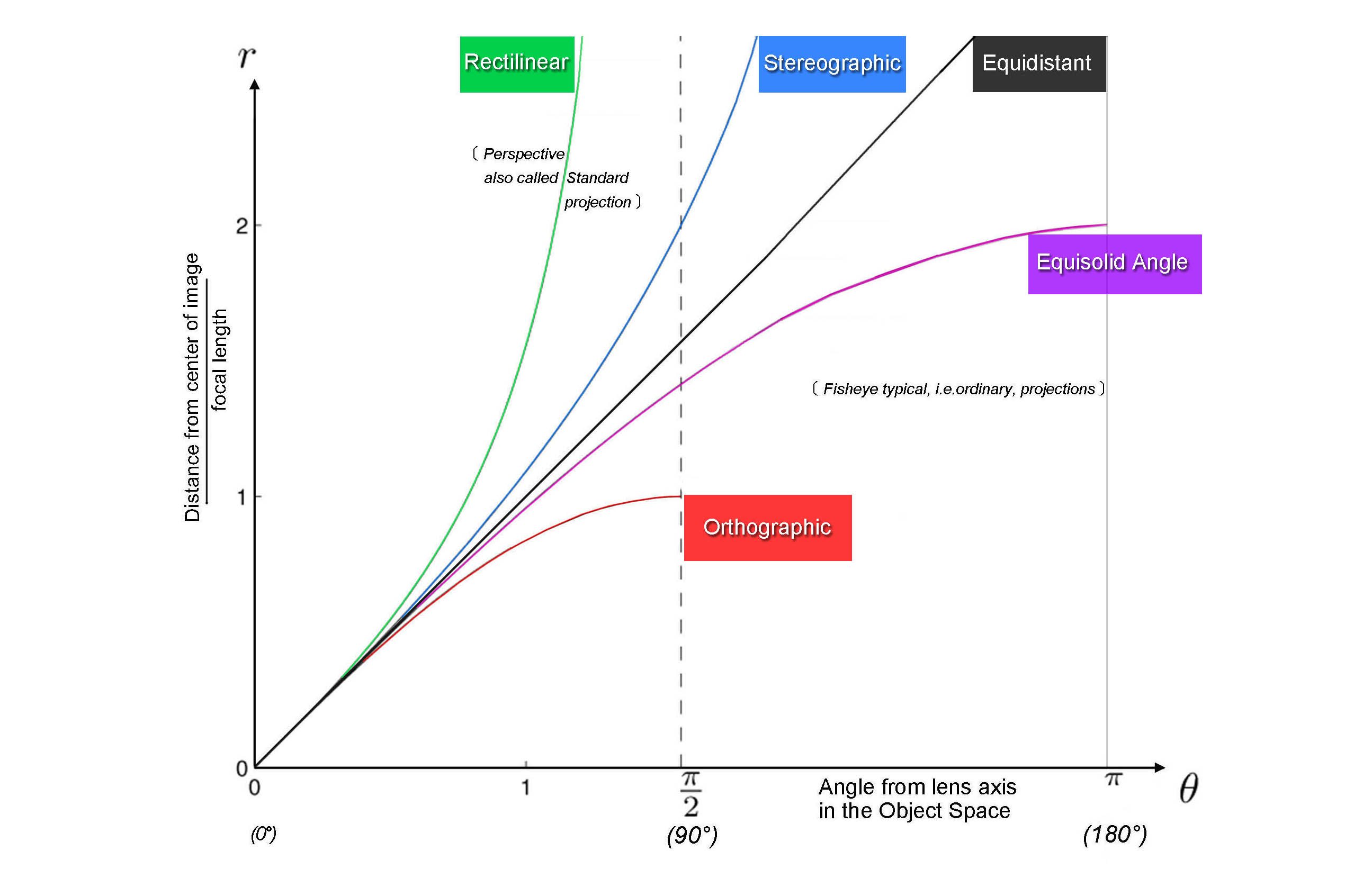
Graphs of something related to projections. With this picture, the article looks smarter than it really is. increase.
Usually the classification of fish is reduced to two words: "circular" and "diagonal". However, if you have ever shot with different fish, you may have noticed that the nature of the specific distortions of space is not the same for them. How can these differences be described? What do they depend on? Let's find out!
Part 1: theory
Projective geometry is a very broad topic, the mention of which will surely cause nervous tics and unpleasant flashbacks in many students. Fortunately, we do not need to dive deeply into it, because optically, “in glass”, we can embody only five different projections.
- Orthoscopic
A familiar straight-line image without distortion (well, ideally, of course). Nothing else would have been and should be, but only wide viewing angles cannot be achieved this way: the best rectilinear wide-angle lenses barely overcome the 120 ° mark, while being large and inaccessible for mere mortals at a price.
Canon 11-24 / 4 and Laowa 12 / 2.8 are "wide" non-fish lenses.
- Stereographic
The minimum distortion, while the maximum angle of view at an equal focal length. Perhaps the preferred option for art photography. The only drawback is that objects in the center of the frame look very small.
At the moment, lenses with such a projection are de jure exclusive to Samyang, however, Aliexpress has a large number of clones of Chinese origin. Perhaps Koreans use this way to dispose of lens blocks that have not passed their quality control?
Samyang 8 / 3.5 Is a typical representative of the Korean stereographic fish family.
- Equidistant
The projection is "average" in all respects. It is the easiest to express mathematically. Often seen on the first fish-eye lenses of the mid-270th century; It was with this projection that prototypes were designed with the widest viewing angles, up to XNUMX °. Today it is used much less often, an example of such a lens is the Bearing, and also, surprisingly, GoPro optics (at least XNUMXrd and XNUMXth generation).
For some reason, all such lenses are circular.
Bearing on the crop. The diagonal version, by the way, is clearly closer to the next point.
- Azimuth (equidistant)
The projection with the strongest edge compression and strongest curvature of straight lines. The viewing angle is accordingly the smallest. At the same time, its optical embodiment is lighter, more compact and cheaper than others. That is why the overwhelming majority of modern fish have just such a projection. (More precisely, a cross between it and the previous point, if we really go into details.)
The naked eye can see that Nikkor 10.5 / 2.8 "Oppression" is stronger than Peleng and Samyang.
- Orthographic
"Stronger than strong." Fishy concept taken to its logical limit. The image gives the impression of being drawn on a ball.
Such lenses have practically no vignetting, and the image brightness is uniform across the entire field. The design was developed by Nikon in the 1960s, the original 10 mm f / 5.6 OP was intended for scientific research and had, in addition to its unusual projection, such an innovation as the world's first aspherical element. Then, of course, no plastic tabs There was no question, hardworking Japanese workers grinded lenses by hand in the amount of only a few pieces a year, and today these lenses cost several times more than their equivalent weight in gold.
So the orthographic projection would have remained one of the white unicorns of the entire world photo community, but in 2012 a small Japanese company Yasuhara released a lens Madoka 180, who, as you might guess, became its second representative. The lens is not at all "esoteric", it is available on Ebay for about 15-20 thousand rubles at the time of writing. So if one of the respected readers is engaged in photometric research - now you know what to look for 😊
If the Holy Grail doesn't exist, then what is it ?!
Part 2: practice
Well, we read about the functions, looked at the pictures. How can you feel it all yourself? Do you really have to search and test four different fishies? Fortunately, computational photography can come to the rescue, or, to put it simply, software for gluing panoramas.
I used a free interface to PanoTools, which is called Hugin... The starting point for the experiments was the following panorama of the courtyard.
Let's start with stereographic projection.
Viewing angle - my compliments! Especially vertically. Two flowerbeds fit into the frame, which were cut off in the “Equirectangular” projection, and the house on the right was almost completely fitted. However, in the software implementation of this projection, the resolution had to pay for the viewing angle: it turned out to be the lowest of all five files.
Equidistant:
This is more like what usually comes to mind when pronouncing the word "fishy". The viewing angle - less, distortion - more ... Some consolation can only be that the slide in the center of the frame looks larger than in stereographic projection.
Equal angle:
Objects at the edges of the frame are distorted even more, the angle of view is even smaller.
Finally, orthographic projection:
The distortion at the edges becomes extreme (look at the flower bed in the lower left corner!), And the view is quite small, but the center is almost straight. And also, by the way, it should be noted that in the Hugin's implementation of this projection, the resolution is consistently the highest of all. I don't know how things are with Nikkor OP and Madok.
Results
As it was said at the beginning, the topic of projections is complex and heavy. In fact, now we have touched only the very basics. But even such a story has not yet been in Russian.
It turned out to be invaluable in preparing this article Michel Toby websiteand good old Wikipedia... To them I refer everyone who would like to dive deeper into the topic.
Thank you.
You will find more reviews from readers of Radozhiva here.


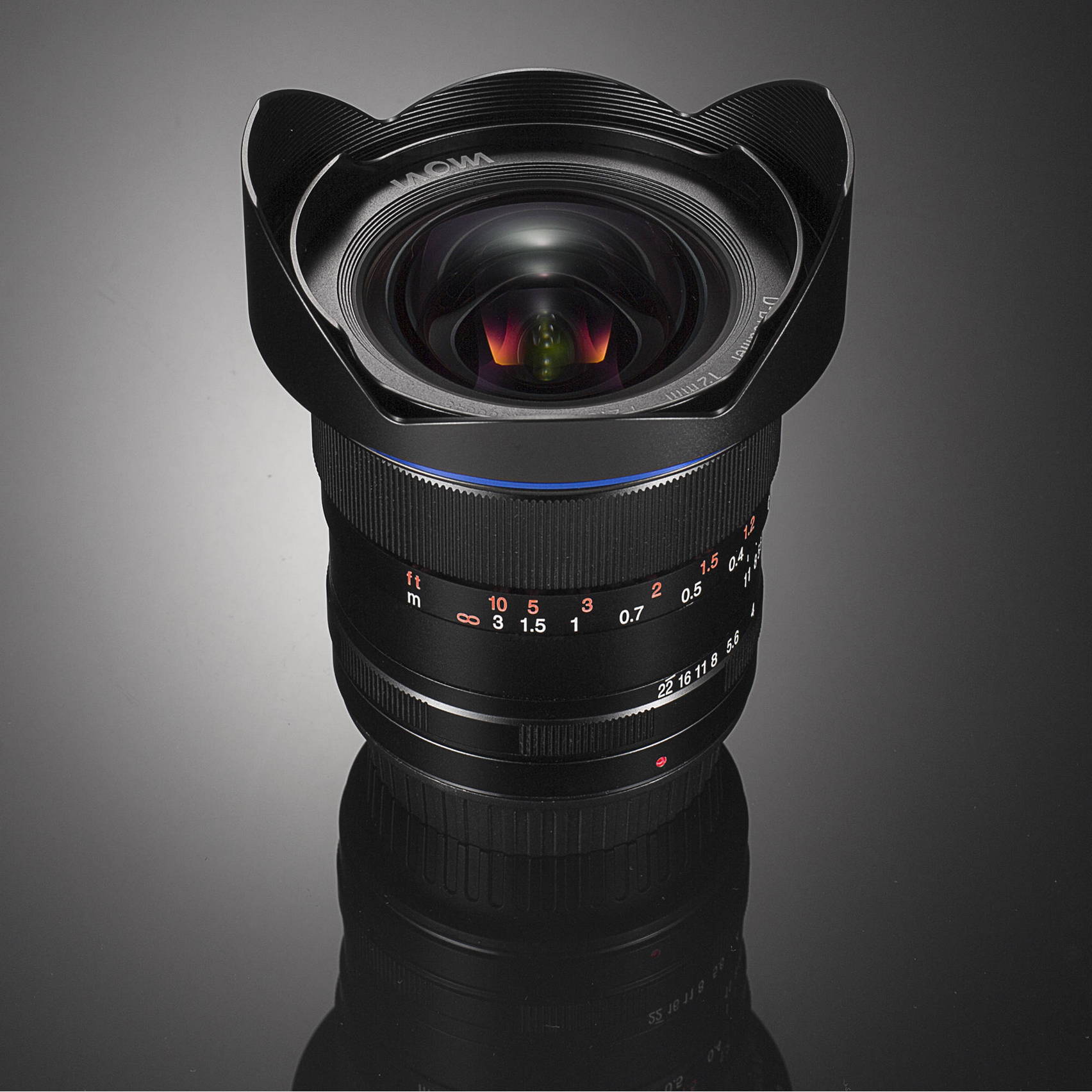
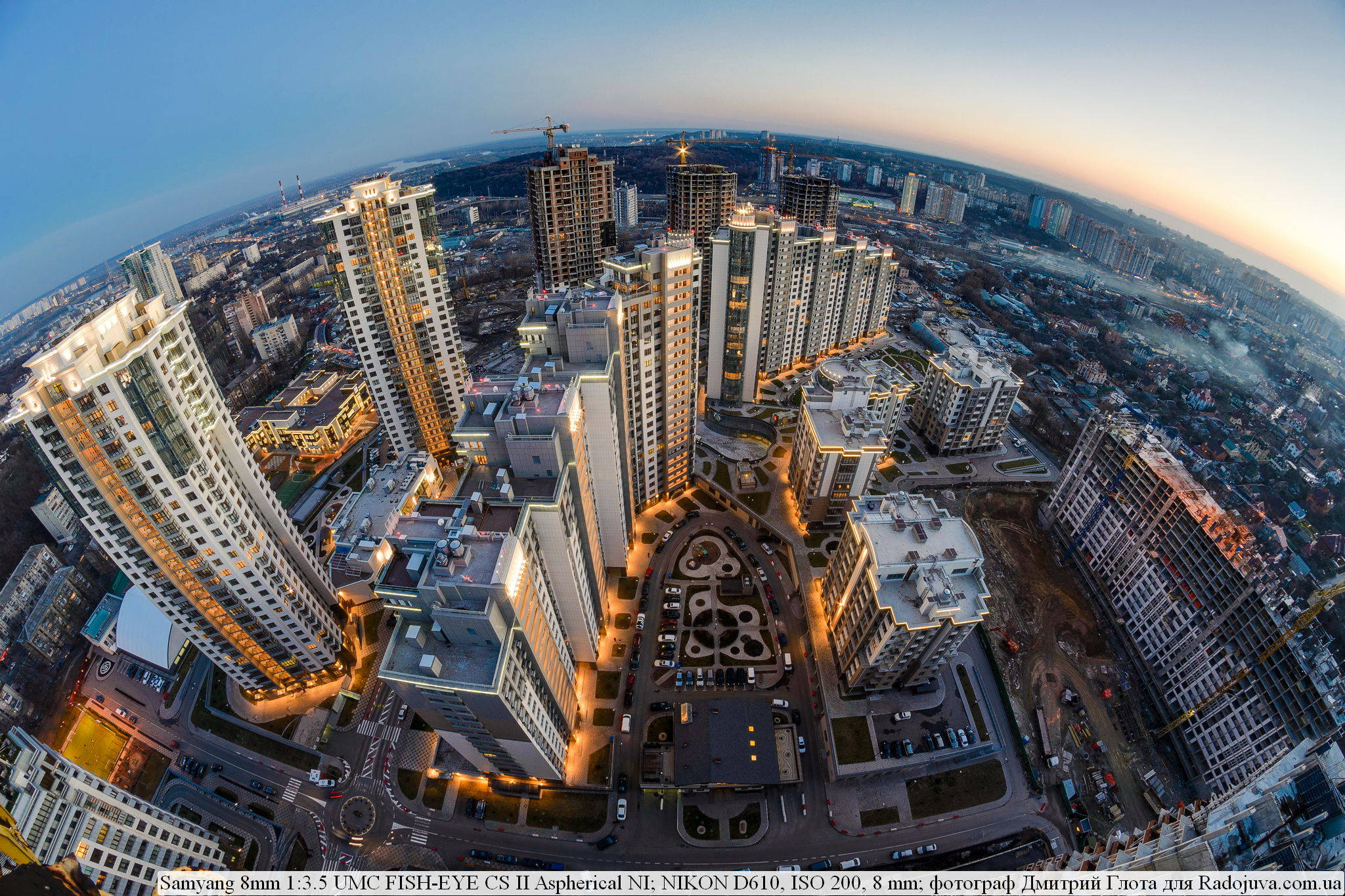
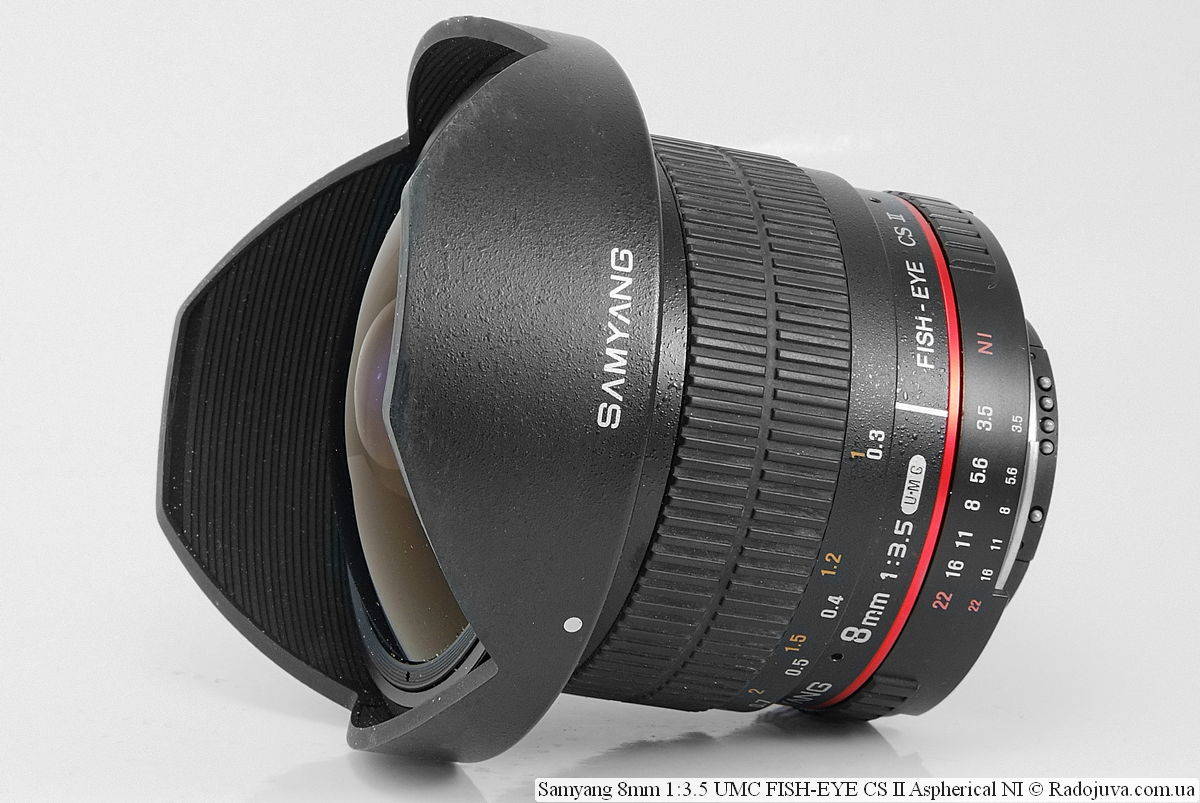

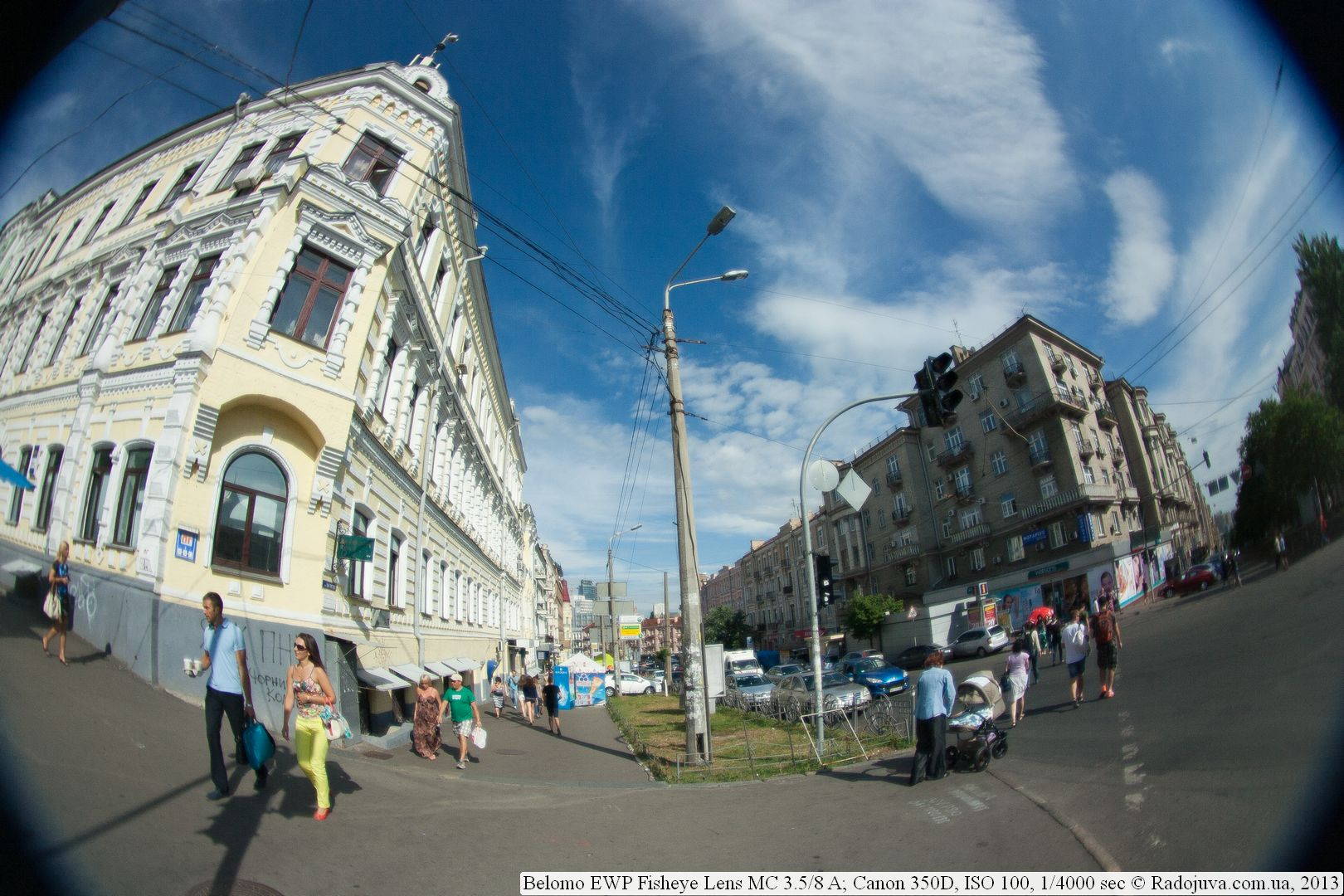
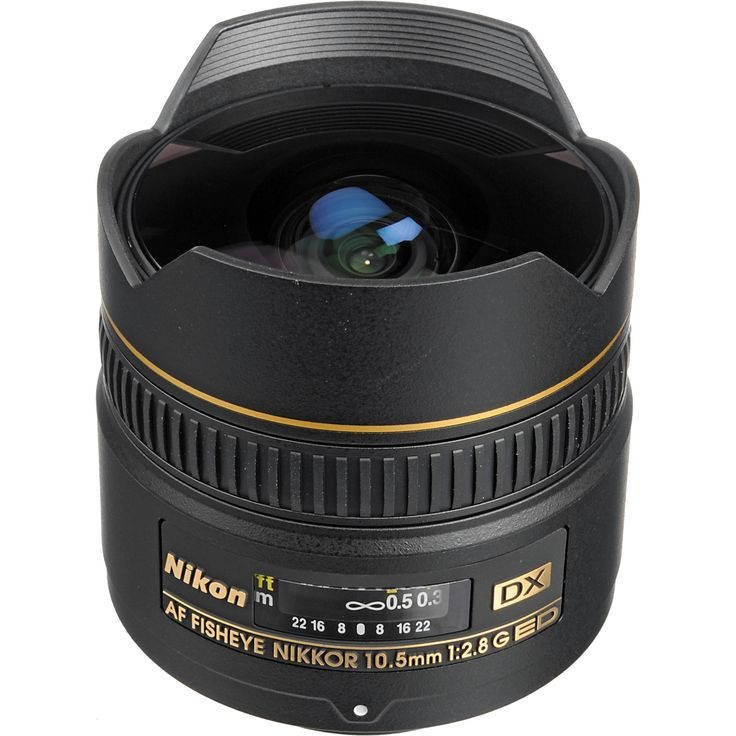
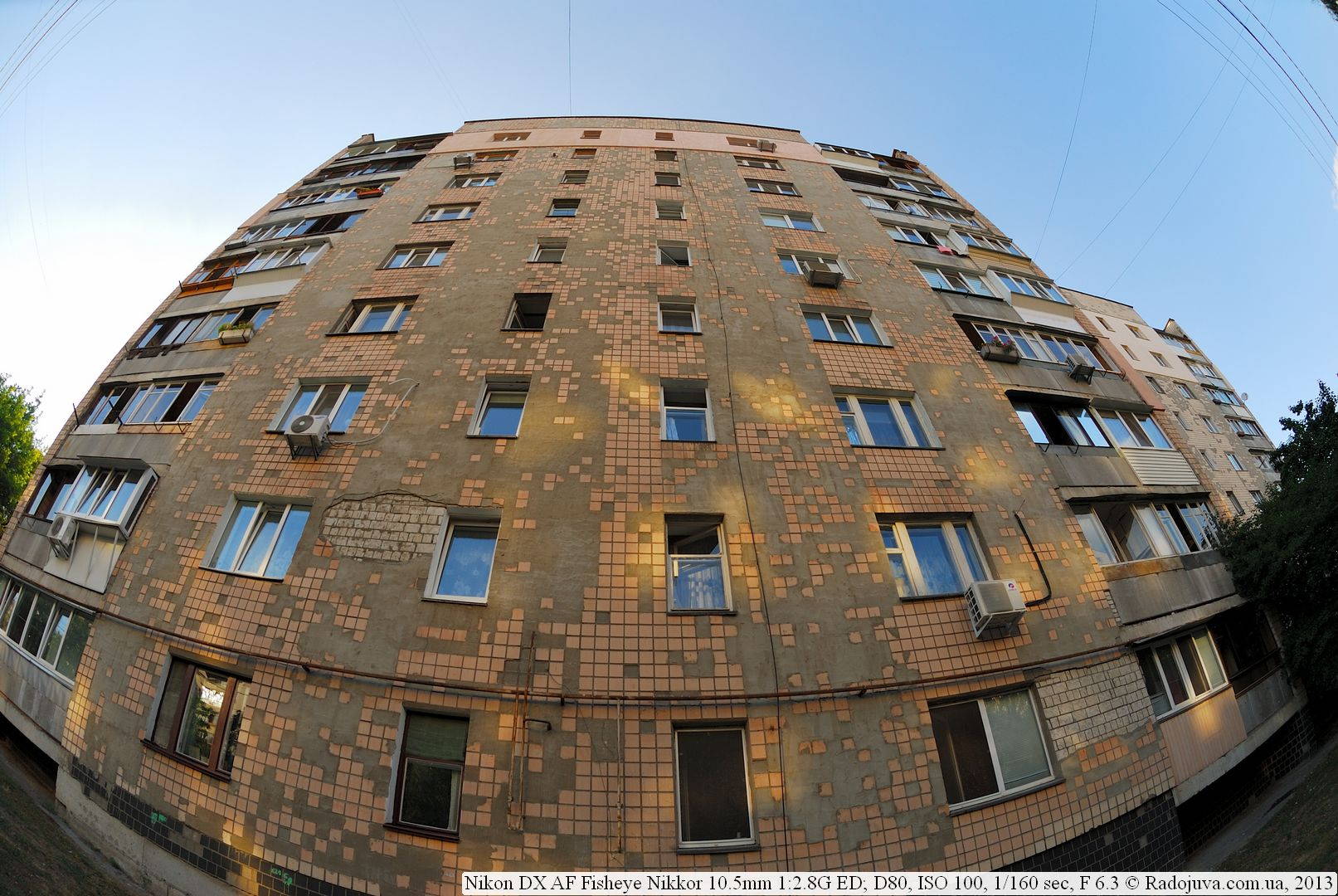
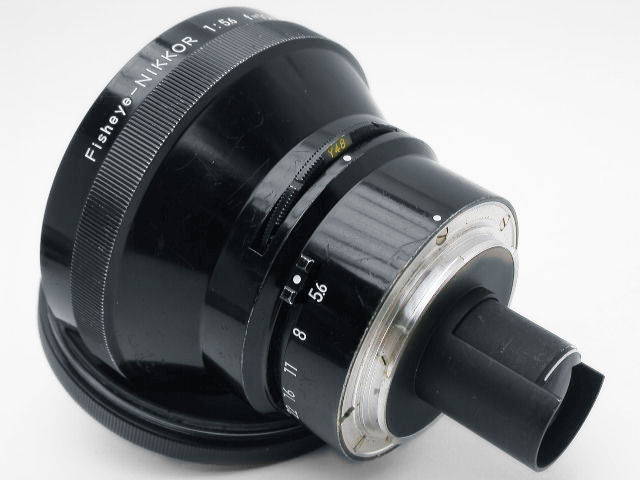

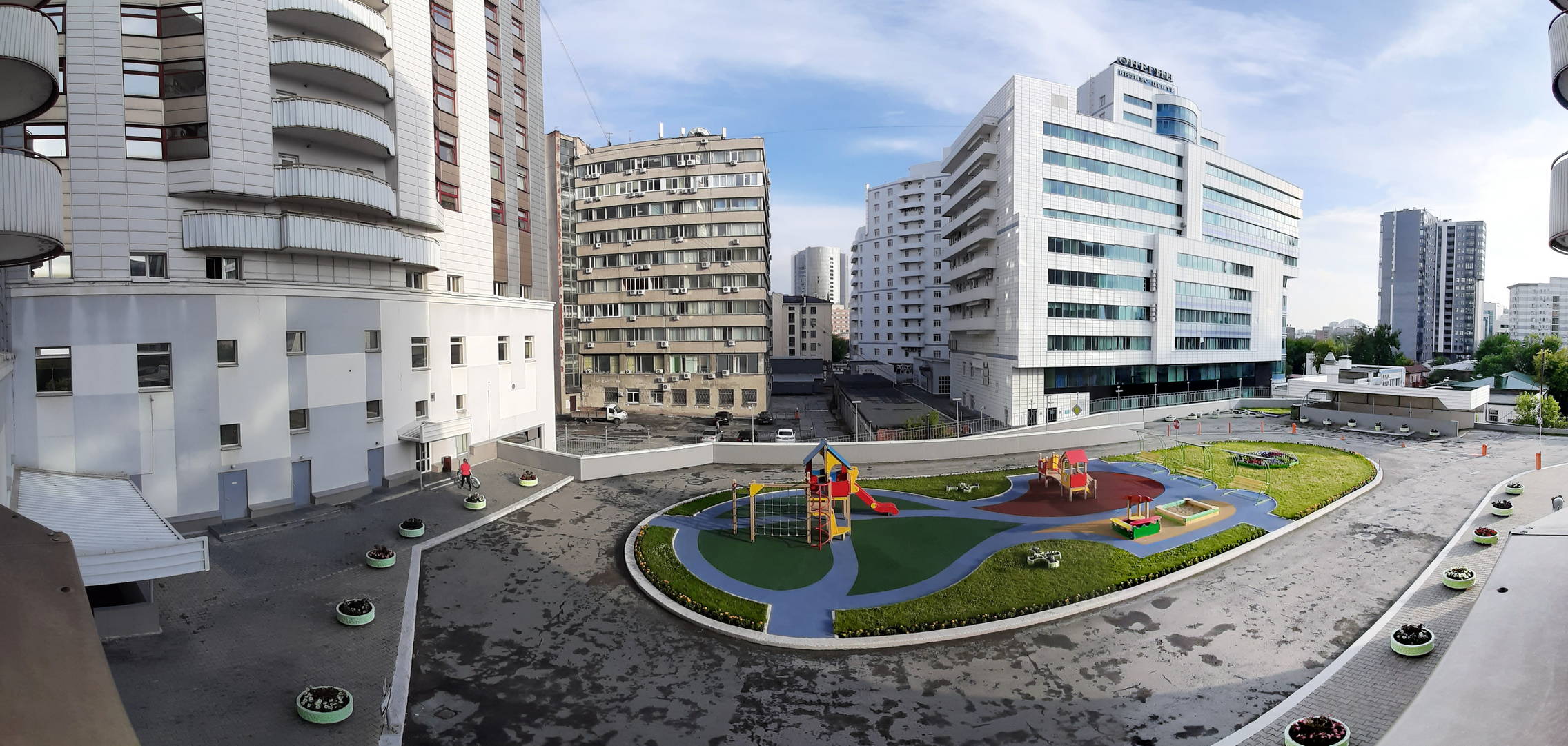
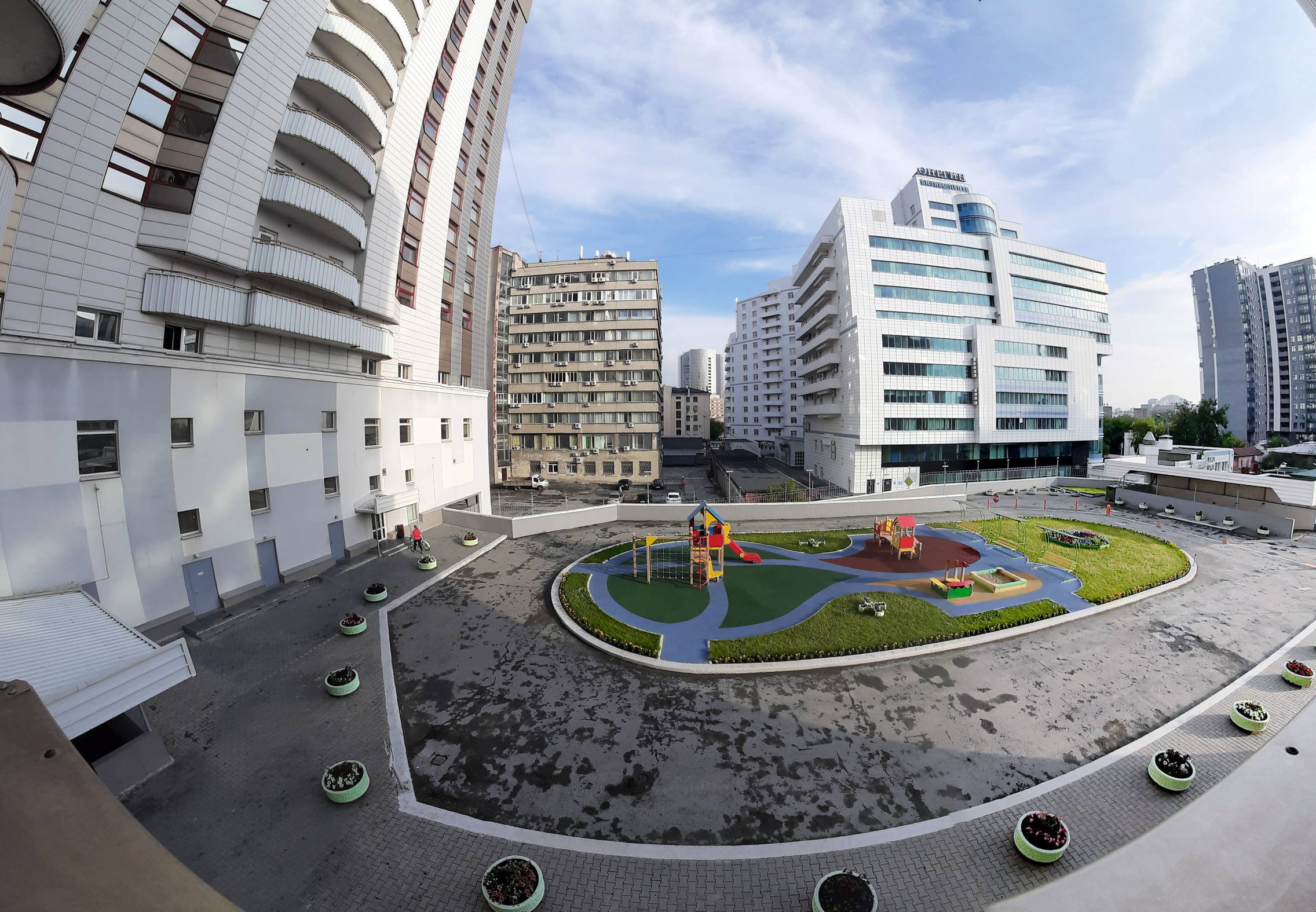
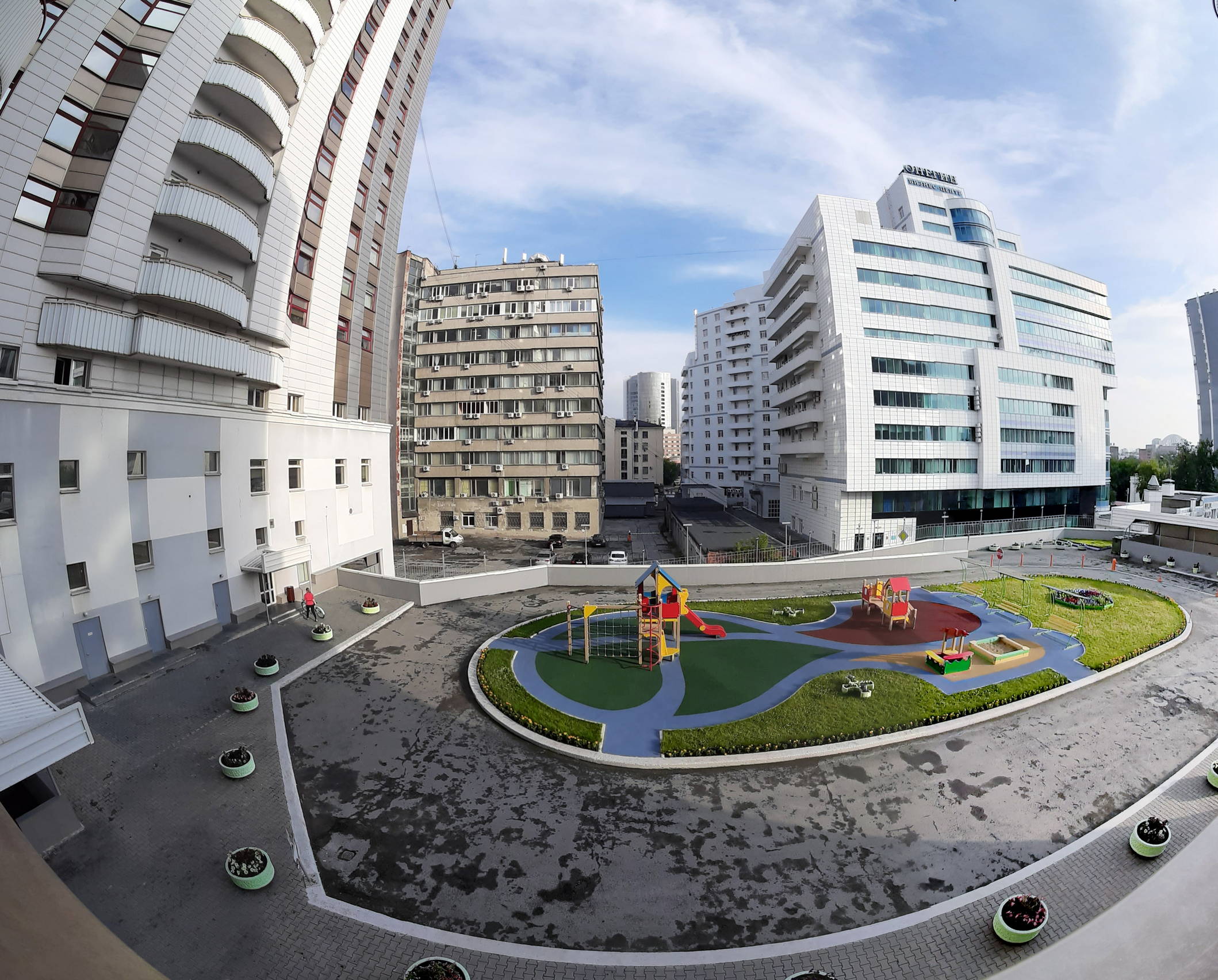
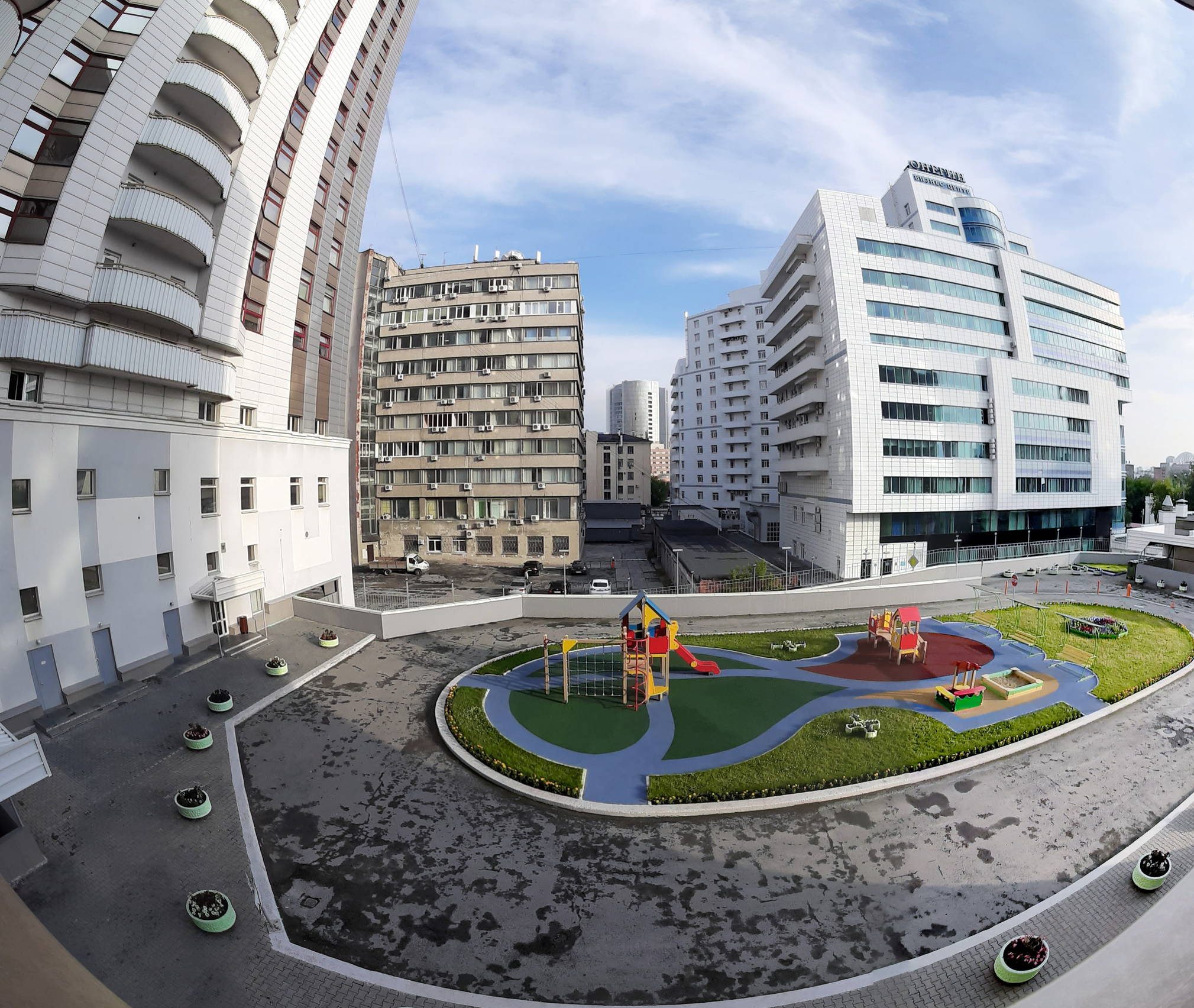
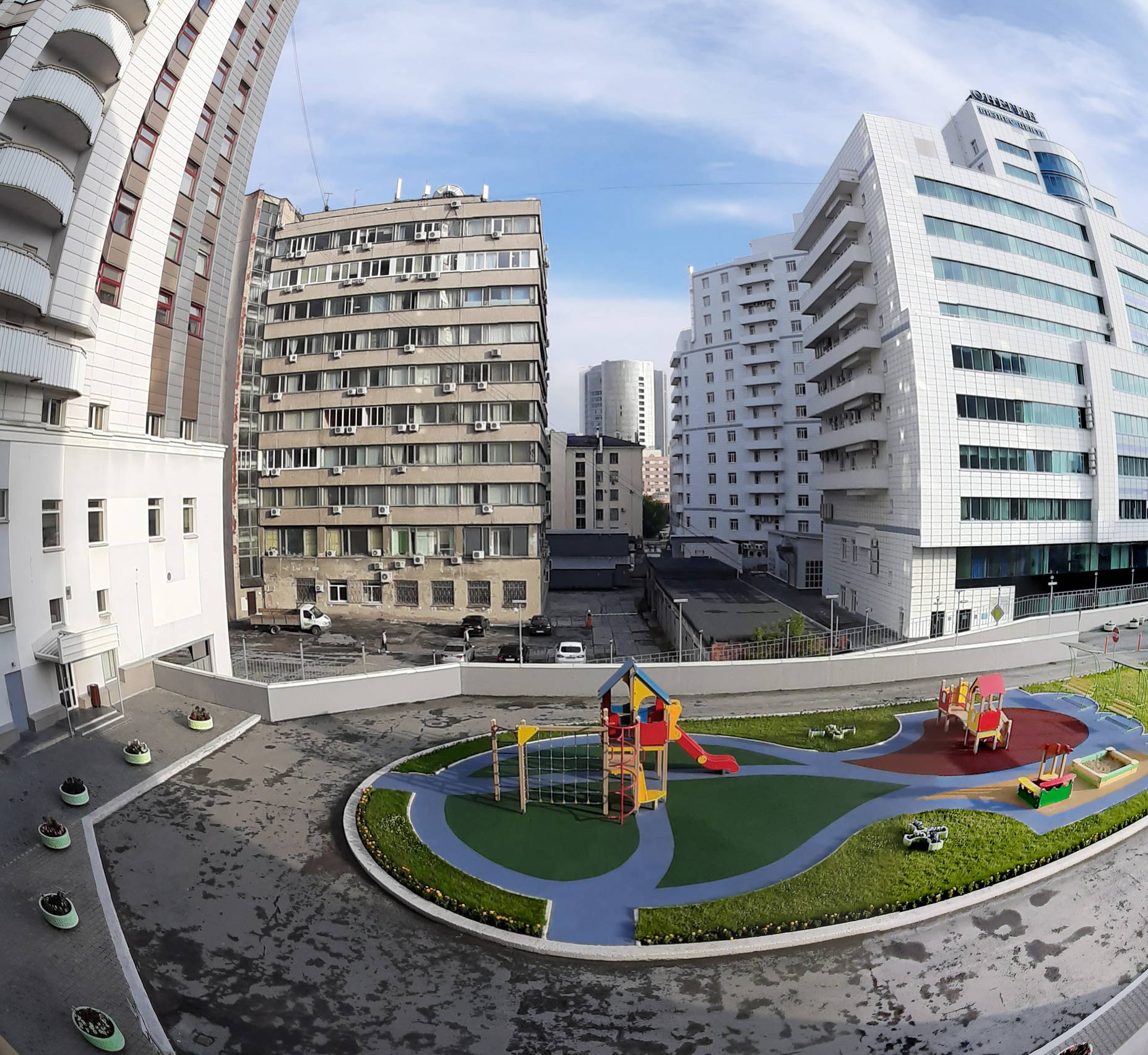

Thank! Very interesting stuff!
Thank you, a really interesting topic - I first read about different projections here only a month ago.
Canon 8-15 in azimuth direction. So someday Samyang in the collection will not hurt.
The author needs to test the Laowa 9mm / f2,8 lens, a very interesting lens.
9mm 1: 2.8 C-Dreamer only for crop, but 9mm 1: 5.6 W-Dreamer full frame (record holder)
What's so interesting about it? Essentially the equivalent of 14 / 2.8 full frame. The Sigma had a wider 8-16 for the crop. But the really amusing full-frame 9 mm is a record holder, but it is a “normal” rectilinear super-width, pulling corners, the topic is about fishies and their way of representing space (mapping).
Thank you!
I have long wanted to try fish-ay.
Now I realized that not every one is suitable for me :(
Thank you for the article. I just ordered a fisheye, very similar to Samyang 8 / 3.5, with aliexpress. Can you tell me if it is allowed to give links here, I would like to know more about the ordered lens, maybe someone came across this. For now, I'll write the name Neewer 8mm f / 3,5. I would be grateful for any information.
I have a fishie with Ali, not Neewer, but JINTU. Externally, it is very similar to this Samyang, the geometry of the image is the same by eye. In general, it suits me, but of the problems I can note: it does not hold backlight very well (but bearable); the out-of-focus area looks somewhat dirty (call it "bokeh" in fishay - the tongue does not turn), if you shoot open, so I use aperture from f / 5.6 to f / 8; and for some reason at high ISO the noise is also more unpleasant than on "serious" lenses.
“Doesn't hold the back very well” - which is even ridiculous. A fishy has to try hard so that there is no backlight :) It's strange in general, usually there the sun in the frame is digested with a bang because of the wild viewing angle.
Digested. But, for example, Canon 10-18mm digests better (and at 10mm it is also difficult not to catch a back one). Or maybe I'm just spoiled by polarics that you can't put on a fish-eye ...
In a good case - something like that, but there are many, many worse.
Thanks for the advice on the aperture, the lens itself came to me recently and I haven't had time to test it normally. When asked about it, I was prompted by its prices, a week ago I ordered it from Ali for 4000 rubles, which in my opinion is extremely cheap, but the lens is metal, the lenses are not plastic, in general, only the price aroused suspicion. So far I can only show such examples of photos
By the way, after the publication of this article, I found on the website of another Frenchman an interesting and detailed material about equidistant and equidistant projections. http://www.pierretoscani.com/fisheyes-(in-english).html
Perhaps the Irix 11mm f4 is a wide non-fisheye lens. Record angle of view for full frame with minimal distortion.
For a long time already not a record one, there are manual full-frame non-fishies Samyang 10 / 3.5 and Laowa 9 / 5.6and the Canon 11-24 is already pretty old.
Thank. I'll keep it on mind)
Thanks for the interesting info! More such articles!